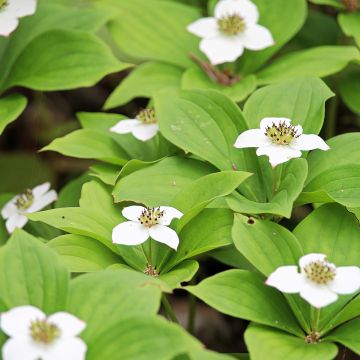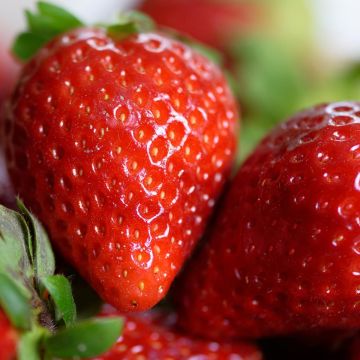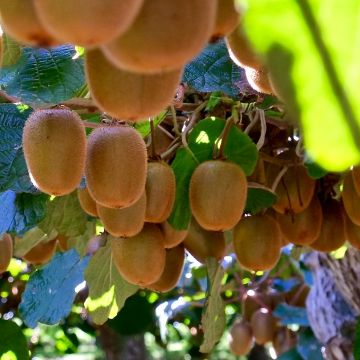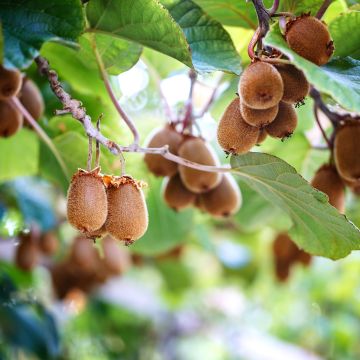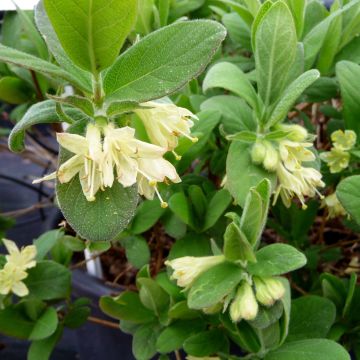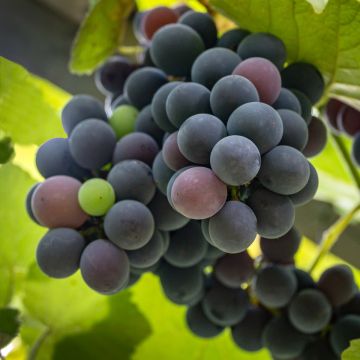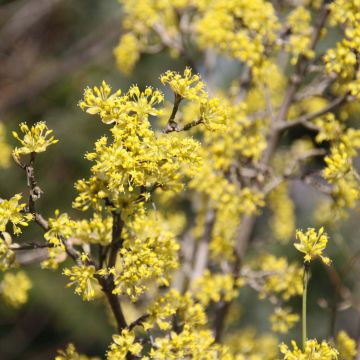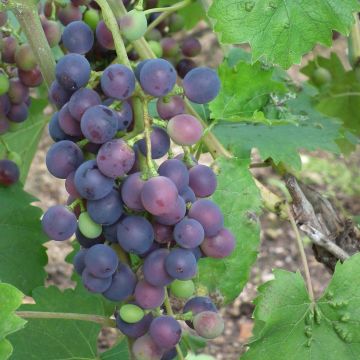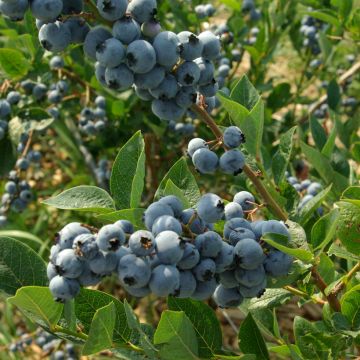

Vaccinium vitis-idaea FIREBALLS Lirome
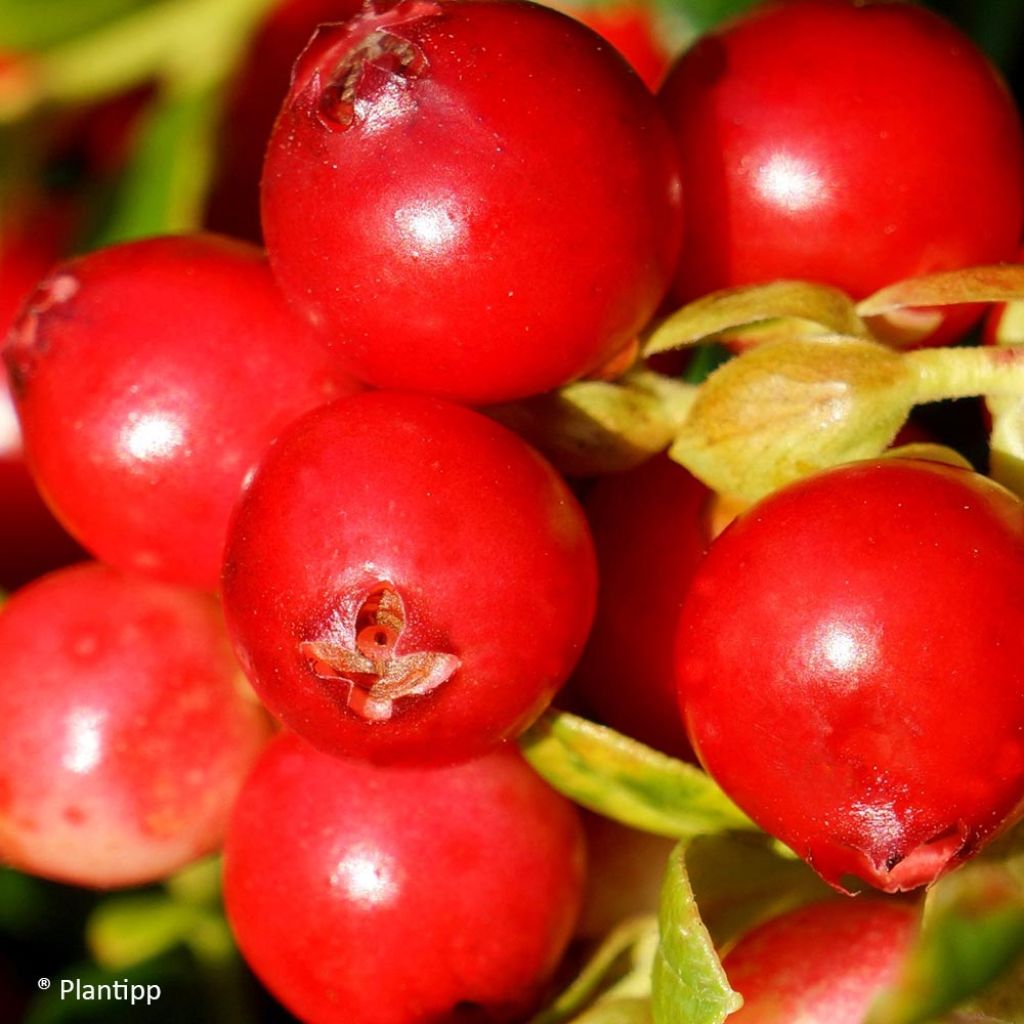

Vaccinium vitis-idaea FIREBALLS Lirome


Vaccinium vitis-idaea FIREBALLS Lirome
Vaccinium vitis-idaea FIREBALLS Lirome
Vaccinium vitis-idaea FIREBALLS 'Lirome'
Lingonberry, Cowberry
Arrived safely this morning, beautiful little flower already blooming in the box upside down, thankfully not broken and already potted.
Bernadette, 02/05/2023
Special offer!
Receive a €20 voucher for any order over €90 (excluding delivery costs, credit notes, and plastic-free options)!
1- Add your favorite plants to your cart.
2- Once you have reached €90, confirm your order (you can even choose the delivery date!).
3- As soon as your order is shipped, you will receive an email containing your voucher code, valid for 3 months (90 days).
Your voucher is unique and can only be used once, for any order with a minimum value of €20, excluding delivery costs.
Can be combined with other current offers, non-divisible and non-refundable.
Home or relay delivery (depending on size and destination)
Schedule delivery date,
and select date in basket
This plant carries a 24 months recovery warranty
More information
We guarantee the quality of our plants for a full growing cycle, and will replace at our expense any plant that fails to recover under normal climatic and planting conditions.

Would this plant suit my garden?
Set up your Plantfit profile →
Description
The Vaccinium vitis-idaea Fireballs, or lingonberry, is a charming small bush forming a low, spread-out tuft. In spring, it produces numerous white bells that will later give edible and highly decorative red fruits. Being fond of fresh and acidic soils, it is perfect for a shady flower bed or in a pot.
The lingonberry Fireballs belongs to the large family of Ericaceae (which includes rhododendrons, heathers, and andromedas in particular). The lingonberry, as it is also called, resembles the true blueberry (Vaccinium myrtillus) but it is easy to distinguish it by its leaves, which are tougher and thicker, dark green and shiny on top. It is also a close cousin of the cranberry. The lingonberry is an evergreen shrub, with a dense, low, and rather spread-out habit, which can be found in Europe up to 2400 m (7874 ft) altitude, on cold heathlands battered by the winds, or in dry peat bogs. Between April and May, it produces small, very honey-rich white bells. These flowers then give way in late summer to vivid red, globular fruits, resembling small cherries about 1 cm (0.4 in) in size, which are edible: their tangy taste will delight those who love "small fruits".
The Fireballs variety stands out for its long and early flowering, and its particularly abundant fruiting, with larger fruits than the wild type. It will reach about 30 cm (11.8 in) in height and 60 cm (23.6 in) in diameter under favourable conditions.
Like most plants in the Vaccinium genus, the lingonberry Fireballs appreciates well-drained, fresh (even moist), and acidic soils, fairly rich, in shade, partial shade, or light sun. It does not tolerate limestone soil, where it quickly shows signs of chlorosis (yellowing of the leaves). On the other hand, it is absolutely not afraid of extreme cold, and can withstand -30°C (-22 °F) without any problems. Light pruning is possible in spring, but it is often not really necessary.
Plant it alongside other plants of the same genus (Vaccinium: wild blueberry, American blueberry...) for a delicious undergrowth, as well as a ground cover with other plants that grow in acidic soil like rhododendrons, andromedas (Pieris), Japanese maples, or even the crenate holly. It is also easy to grow in pots, add structure and elegance to your balcony or terrace!
Report an error about the product description
Vaccinium vitis-idaea FIREBALLS Lirome in pictures
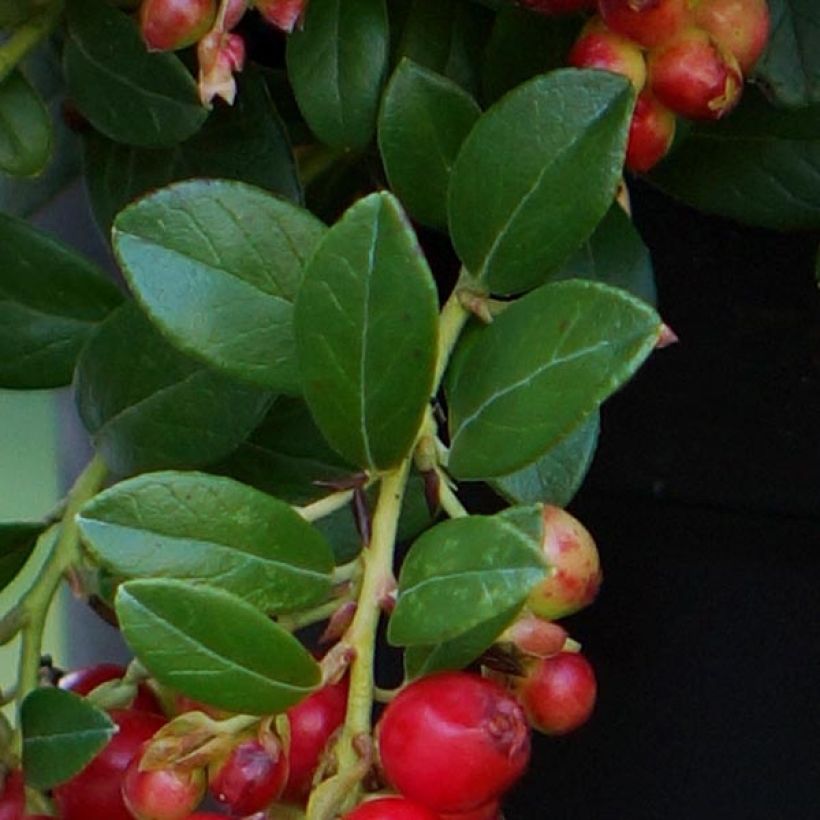



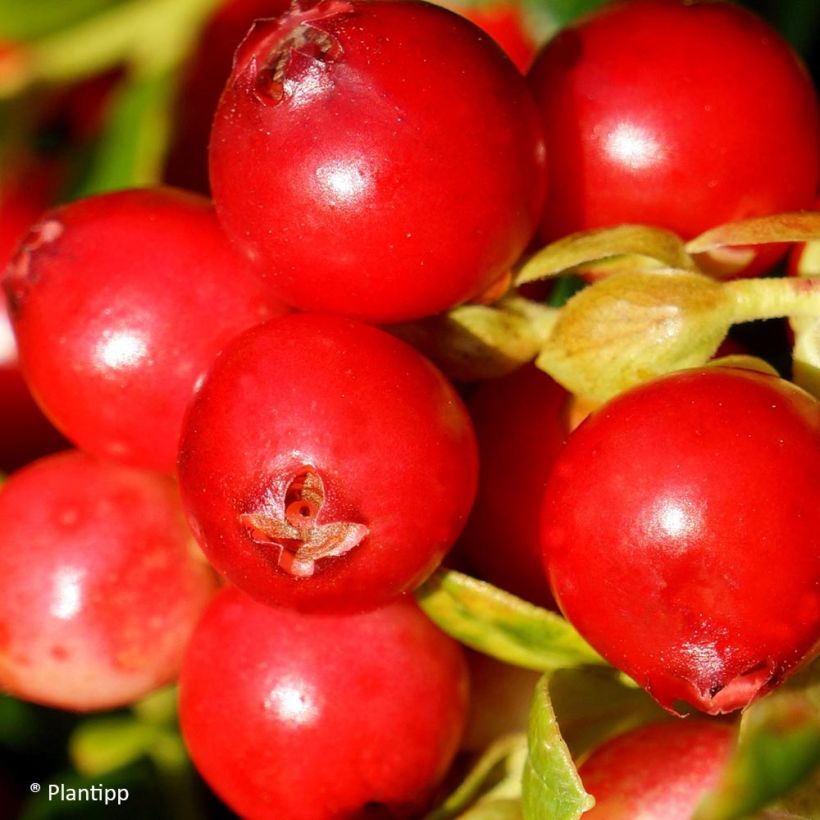

Plant habit
Flowering
Foliage
Botanical data
Vaccinium
vitis-idaea
FIREBALLS 'Lirome'
Ericaceae
Lingonberry, Cowberry
Cultivar or hybrid
Other Berries
View all →Planting and care
Like most plants in the Vaccinium genus, the Fireballs red cranberry appreciates well-drained, moist (or even wet) acidic soils, fairly rich, in shade, partial shade, or light sunlight. It withers in limestone soil, where it quickly shows signs of chlorosis (yellowing of the leaves). However, it does not fear extreme cold and can withstand -30°C (-22 °F) without any problems. Light pruning to thicken up the bush is possible in spring, but it is often not really necessary.
Planting period
Intended location
Care
-
, onOrder confirmed
Reply from on Promesse de fleurs
Haven't found what you were looking for?
Hardiness is the lowest winter temperature a plant can endure without suffering serious damage or even dying. However, hardiness is affected by location (a sheltered area, such as a patio), protection (winter cover) and soil type (hardiness is improved by well-drained soil).

Photo Sharing Terms & Conditions
In order to encourage gardeners to interact and share their experiences, Promesse de fleurs offers various media enabling content to be uploaded onto its Site - in particular via the ‘Photo sharing’ module.
The User agrees to refrain from:
- Posting any content that is illegal, prejudicial, insulting, racist, inciteful to hatred, revisionist, contrary to public decency, that infringes on privacy or on the privacy rights of third parties, in particular the publicity rights of persons and goods, intellectual property rights, or the right to privacy.
- Submitting content on behalf of a third party;
- Impersonate the identity of a third party and/or publish any personal information about a third party;
In general, the User undertakes to refrain from any unethical behaviour.
All Content (in particular text, comments, files, images, photos, videos, creative works, etc.), which may be subject to property or intellectual property rights, image or other private rights, shall remain the property of the User, subject to the limited rights granted by the terms of the licence granted by Promesse de fleurs as stated below. Users are at liberty to publish or not to publish such Content on the Site, notably via the ‘Photo Sharing’ facility, and accept that this Content shall be made public and freely accessible, notably on the Internet.
Users further acknowledge, undertake to have ,and guarantee that they hold all necessary rights and permissions to publish such material on the Site, in particular with regard to the legislation in force pertaining to any privacy, property, intellectual property, image, or contractual rights, or rights of any other nature. By publishing such Content on the Site, Users acknowledge accepting full liability as publishers of the Content within the meaning of the law, and grant Promesse de fleurs, free of charge, an inclusive, worldwide licence for the said Content for the entire duration of its publication, including all reproduction, representation, up/downloading, displaying, performing, transmission, and storage rights.
Users also grant permission for their name to be linked to the Content and accept that this link may not always be made available.
By engaging in posting material, Users consent to their Content becoming automatically accessible on the Internet, in particular on other sites and/or blogs and/or web pages of the Promesse de fleurs site, including in particular social pages and the Promesse de fleurs catalogue.
Users may secure the removal of entrusted content free of charge by issuing a simple request via our contact form.
The flowering period indicated on our website applies to countries and regions located in USDA zone 8 (France, the United Kingdom, Ireland, the Netherlands, etc.)
It will vary according to where you live:
- In zones 9 to 10 (Italy, Spain, Greece, etc.), flowering will occur about 2 to 4 weeks earlier.
- In zones 6 to 7 (Germany, Poland, Slovenia, and lower mountainous regions), flowering will be delayed by 2 to 3 weeks.
- In zone 5 (Central Europe, Scandinavia), blooming will be delayed by 3 to 5 weeks.
In temperate climates, pruning of spring-flowering shrubs (forsythia, spireas, etc.) should be done just after flowering.
Pruning of summer-flowering shrubs (Indian Lilac, Perovskia, etc.) can be done in winter or spring.
In cold regions as well as with frost-sensitive plants, avoid pruning too early when severe frosts may still occur.
The planting period indicated on our website applies to countries and regions located in USDA zone 8 (France, United Kingdom, Ireland, Netherlands).
It will vary according to where you live:
- In Mediterranean zones (Marseille, Madrid, Milan, etc.), autumn and winter are the best planting periods.
- In continental zones (Strasbourg, Munich, Vienna, etc.), delay planting by 2 to 3 weeks in spring and bring it forward by 2 to 4 weeks in autumn.
- In mountainous regions (the Alps, Pyrenees, Carpathians, etc.), it is best to plant in late spring (May-June) or late summer (August-September).
The harvesting period indicated on our website applies to countries and regions in USDA zone 8 (France, England, Ireland, the Netherlands).
In colder areas (Scandinavia, Poland, Austria...) fruit and vegetable harvests are likely to be delayed by 3-4 weeks.
In warmer areas (Italy, Spain, Greece, etc.), harvesting will probably take place earlier, depending on weather conditions.
The sowing periods indicated on our website apply to countries and regions within USDA Zone 8 (France, UK, Ireland, Netherlands).
In colder areas (Scandinavia, Poland, Austria...), delay any outdoor sowing by 3-4 weeks, or sow under glass.
In warmer climes (Italy, Spain, Greece, etc.), bring outdoor sowing forward by a few weeks.






























